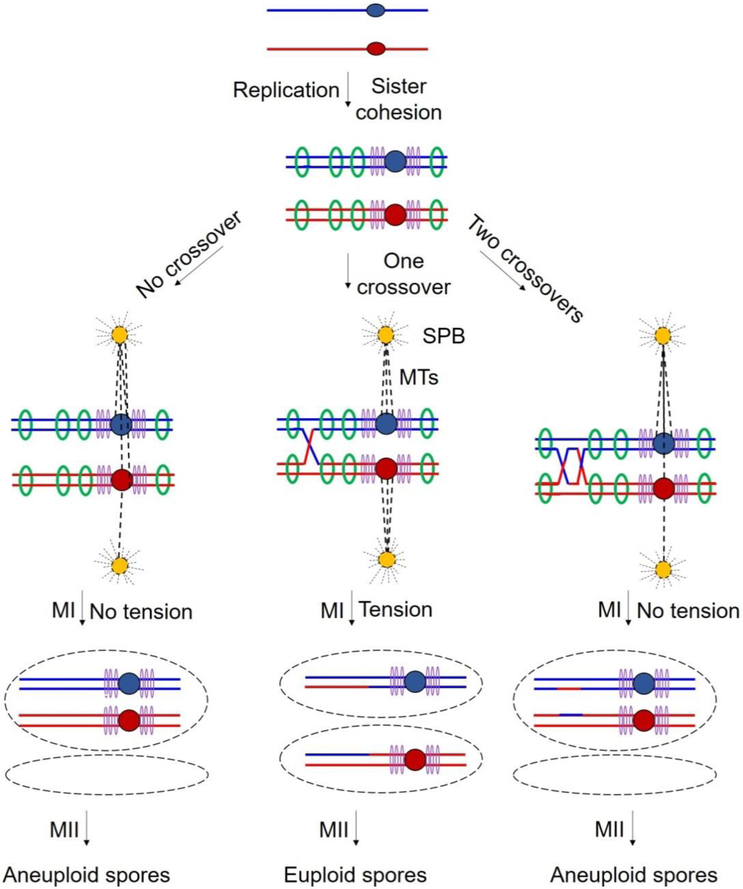Figure 2. Crossovers are essential for proper segregation.
Each line indicates the ds DNA of a chromatid, red for the chromosome from one parent and blue from the other parent; central dots indicate the centromeres. After replication, sister chromatids of each parent are held together by cohesin complexes deposited at points across the chromosomal arms (green rings) and especially densely at the pericentric regions (purple rings). At MI, paired centromeres of each homolog attach to microtubules (MTs; dashed lines) originating from spindle pole bodies (SPBs) at opposite poles of the cell. Middle panels: Proper reductional division at meiosis I (MI) results from tension generated by centromeres being pulled to opposite poles by MTs and dependent on both cohesion between sister chromatids and crossovers between homologs. Left panels: Without crossovers, no tension is generated when MTs begin to pull the homologs to opposite poles. Right panels: Crossovers too close together may lack intervening cohesion and thus no tension being generated.

